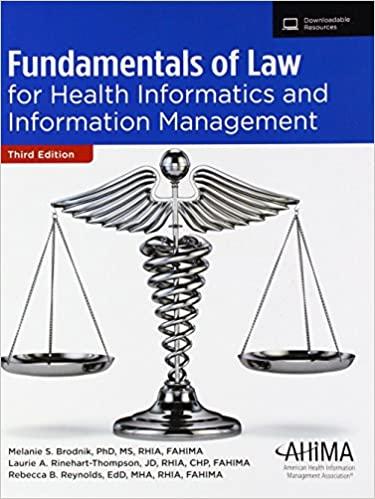Provide step by step solutions to the following questions.
Problem 2 (30 pts) Explain your answers! The market demand function for computer games is qD (p) = BOOSp and the market supply function is qs(p) = 4}). (a) Find the equations of (express price in terms of quantity) and plot the demand and supply curves corresponding to the given market demand and supply functions. Find the market equilibrium price and quantity p* and if". (b) Find the producer's surplus and consumer's surplus at the equilibrium. (c) What is the price elasticity of demand at the equilibrium point? ((1) Derive the equation of the marginal revenue curve and compute the marginal revenue at the equilibrium point in (a). (e) Given the demand function, at what price would total revenue be maximized? (f) Suppose a quantity tax of $5 per game is imposed on the computer game suppliers. What is the new equilibrium price paid by the consumers? What is the new equilibrium price received by producers? How much is the tax revenue? How much is the deadweight loss of the tax? Use a graph to explain your answers. Problem 3 (15 pts) Explain your answers! Suppose the production function of a rm is given by f (K ,L) = SK 1/4111\Q1 Perfect Bayesian Equilibrium You are considering a leveraged buyout of Corporation X. The stock of X is worth either a low (1.) value, 51 = $3/share, or a high (H) value, Sy = $5/share. The owner of the company (the seller) knows what the company is worth, and decides whether to put up the company for sale at a high (H) price per share Py = $4/share or at a low (L.) price per share P, = $2.5/share for 20 thousand shares outstanding. All you know is that the probability that the company is worth 5, = $5/share is p(H) = 60% It costs management $40,000 to cook the books if it has to make the company look better that it really is. If the company does not trade hands, the seller and the buyer get nothing from the exchange. Let t denote whether the company is of high or low value. Nature chooses the company's type, that H when S, = $5 share 53 L when S, = share The seller has to choose whether to sell the company at a high or low price, P given by $4 PH = share P . $2.5 share The buyer's strategy of whether to buy or not the company is given by b = [1 if buyer buys company 10 if buyer does NOT buy company The seller's payoff depends on whether the company is of high or low value, on the seller's sale price strategy and on the buyer's buying strategy, and on whether or not the seller cooks the books. The seller's payoff is then given by ITS (t, P. b) The buyer's payoff also depends on these strategies HA (t, PA.b) (a) Under what circumstances does the seller cook the books? (b) Calculate the seller's payoff under all possible circumstances the seller might face. For each one of the seller's payoffs specify and explain all the conditions leading to that payoff. For example, when Nature makes the company high value (t = H), the seller charges a high price (Py = 4) and the buyer bays the company (b = 1), the seller's payoff is given by my(t = H, Py = 4, b = 1). (Hint you must find eight different payoffs for the seller). (c) What is the value of the company to the buyer under the high (Vg ) and the low (Vy ) state of nature?Homework for Chapter 10: Problem # 1 in the text (Chapter 10) NOTE: PLEASE USE THE ATTACHED EXCEL FILE TITLED "Homework for Chapter 10_Excel" TO SOLVE THE FOLLOWING PROBLEM. You are considering the following bonds to include in your portfolio: Bond 1 Bond 2 Bond 3 Price $900.00 $1,100.00 $1,000.00 Face Value $1,000.00 $1,000.00 $1,000.00 Coupon Rate 7.00% 10.00% 9.00% Frequency 2 4 Maturity (Years) 15 20 30 Required Return 9.00% 8.00% 9.00% a) Determine the highest price you would be willing to pay for each of these bonds using the PV function. Also find whether the bond is undervalued, overvalued, or fairly valued (25 points). b) Determine the yield to maturity on these bonds using the RATE function assuming that you purchase them at the given price. Also calculate the current yield of each bond (25 points). c) Determine the yield to call of each bond using the RATE function if the time to first call and the call premium are the following (25 points): Bond A Bond B Bond C Call Premium % 3.00% 4.00% 5.00% Years to first call 5 4 3 d) Assume the following settlement dates for each bond: Bond 1 Bond 2 Bond 3 Settlement Date 1/1/2018 6/1/2018 9/1/2018 Use the PRICE and YIELD functions to recalculate your answers on parts (a), (b), and (c) (25 points)









